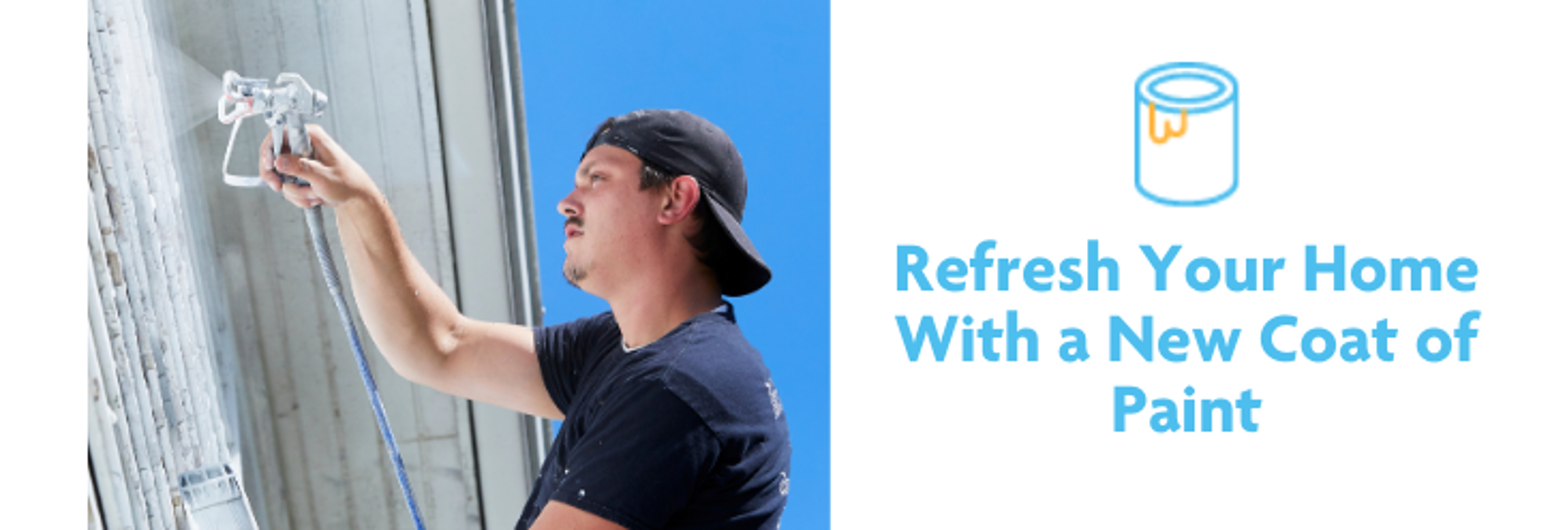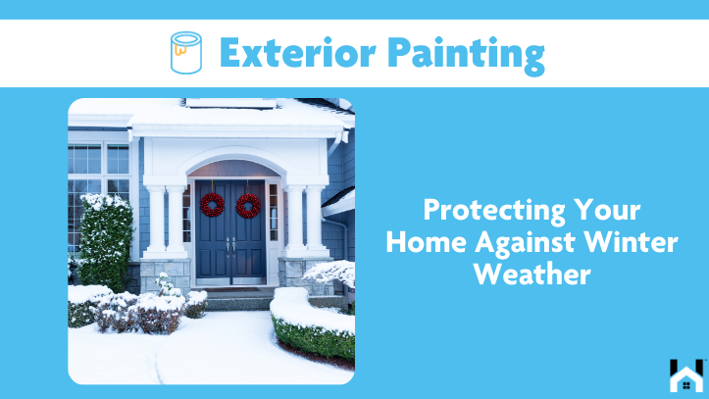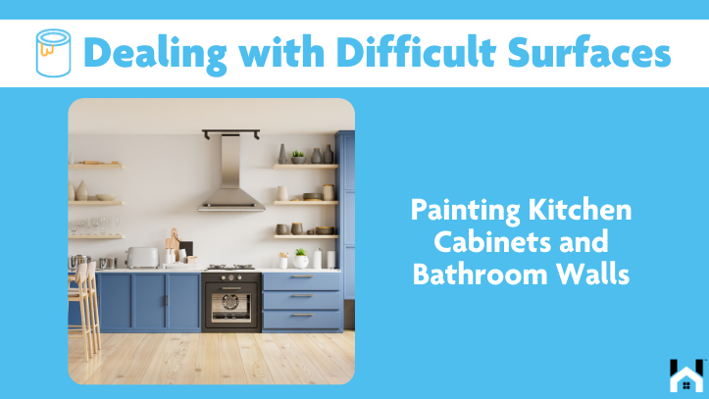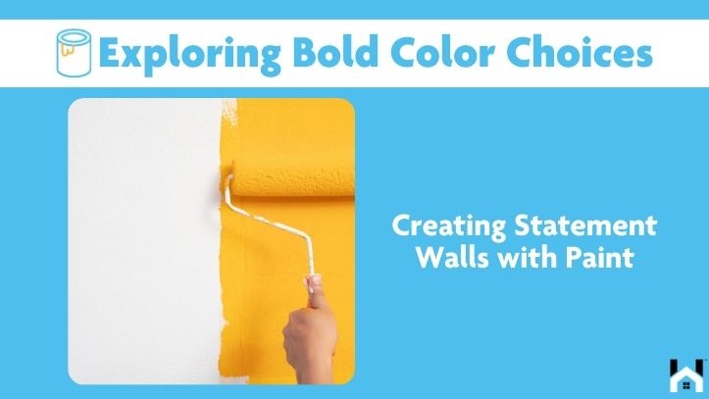Transforming your living space starts with selecting the right paint colors and finishes. Whether you are refreshing a cozy bedroom or giving a vibrant living room a makeover, the choice of hue can greatly impact the mood and atmosphere of the space. This guide provides practical DIY painting tips to help you achieve a professional look, along with insights into the popular trends for 2025. You will discover the latest color palettes and finishes that can enhance your home’s aesthetic, ensuring it truly reflects your personal style.
Key Takeaways:
· Choose paint colors and finishes carefully, considering factors like room purpose and desired mood.
· With proper prep and techniques, DIY painting can result in a professional look.
· Stay on trend with popular interior paint choices for 2025, from color palettes to finishes and textures.
Choosing the Right Paint Colors and Finishes
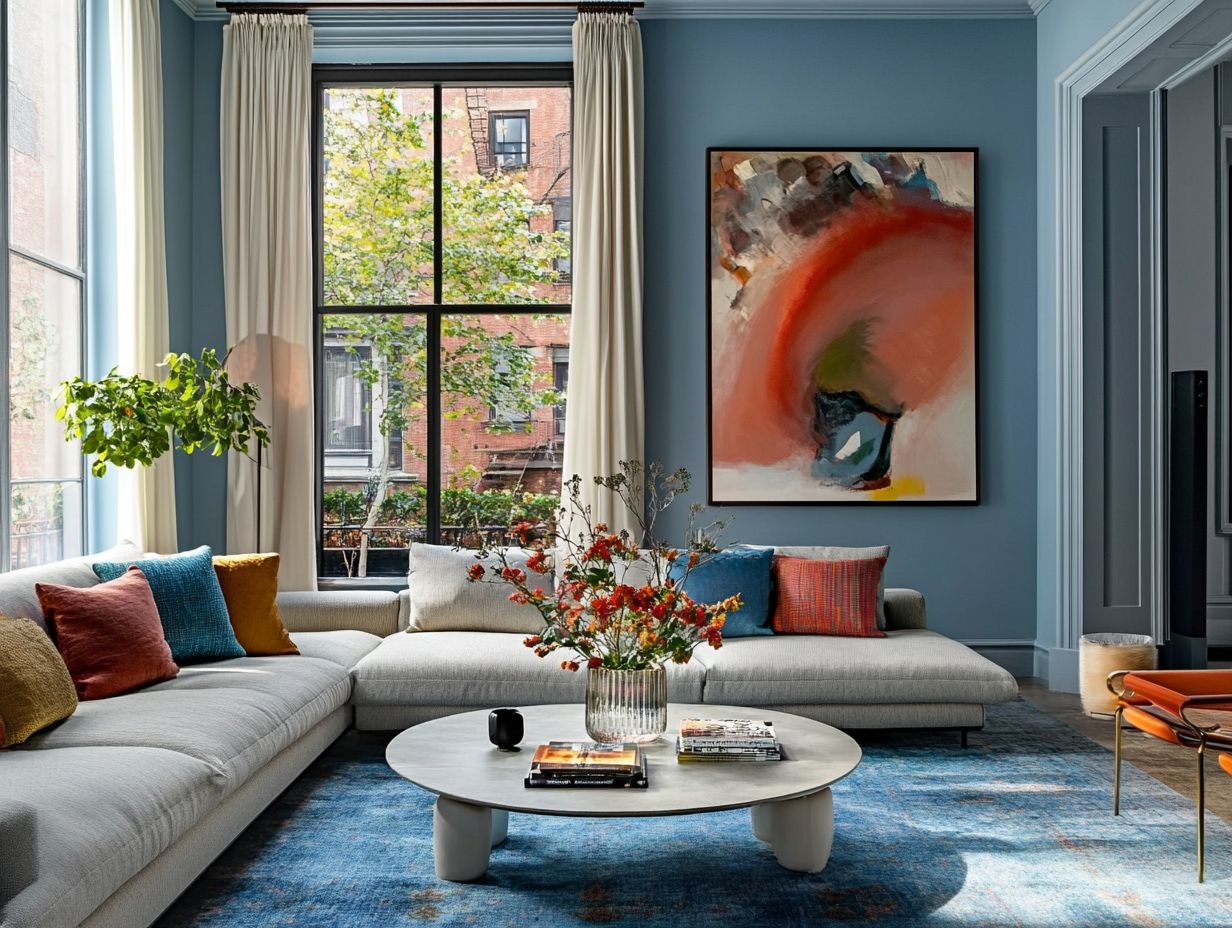
Selecting the appropriate paint colors and finishes for your home interior goes beyond mere personal preference; it requires an appreciation for the nuances of color psychology, the influence of vibrant colors on living spaces, and the transformative effects of different finishes on a room's ambiance.
Choosing the right color scheme for each room can significantly enhance your living experience, while also making bold statements that showcase your personal style.
Working alongside professional painters and opting for high-quality paint can lead to a meticulous process, culminating in a beautiful refresh that creates a unique and inviting atmosphere in your home.
Considerations for Different Rooms
When selecting paint colors and finishes, it is crucial to consider the specific needs and functions of the various rooms in your home. For instance, using textured finishes in living spaces can add visual interest, while opting for durable paints on kitchen cabinets can help withstand everyday wear and tear.
In the kitchen, a high-gloss finish is not only effective in reflecting light but also simplifies the task of cleaning up spills and splatters. Cheerful accent colors can further inspire creativity during meal preparation.
The living room, which often serves as a central gathering space, benefits from warm and inviting hues that foster relaxation and connection. Incorporating accent walls or unique stencils can also serve as engaging conversation starters.
Conversely, bedrooms should favor soothing shades that promote a tranquil ambiance, with options like soft pastels or deep, rich tones.
By thoughtfully selecting colors and techniques that align with the functionality of each room, homeowners can enhance both the aesthetic appeal and practicality of their living spaces.
Impact of Color on Mood and Atmosphere
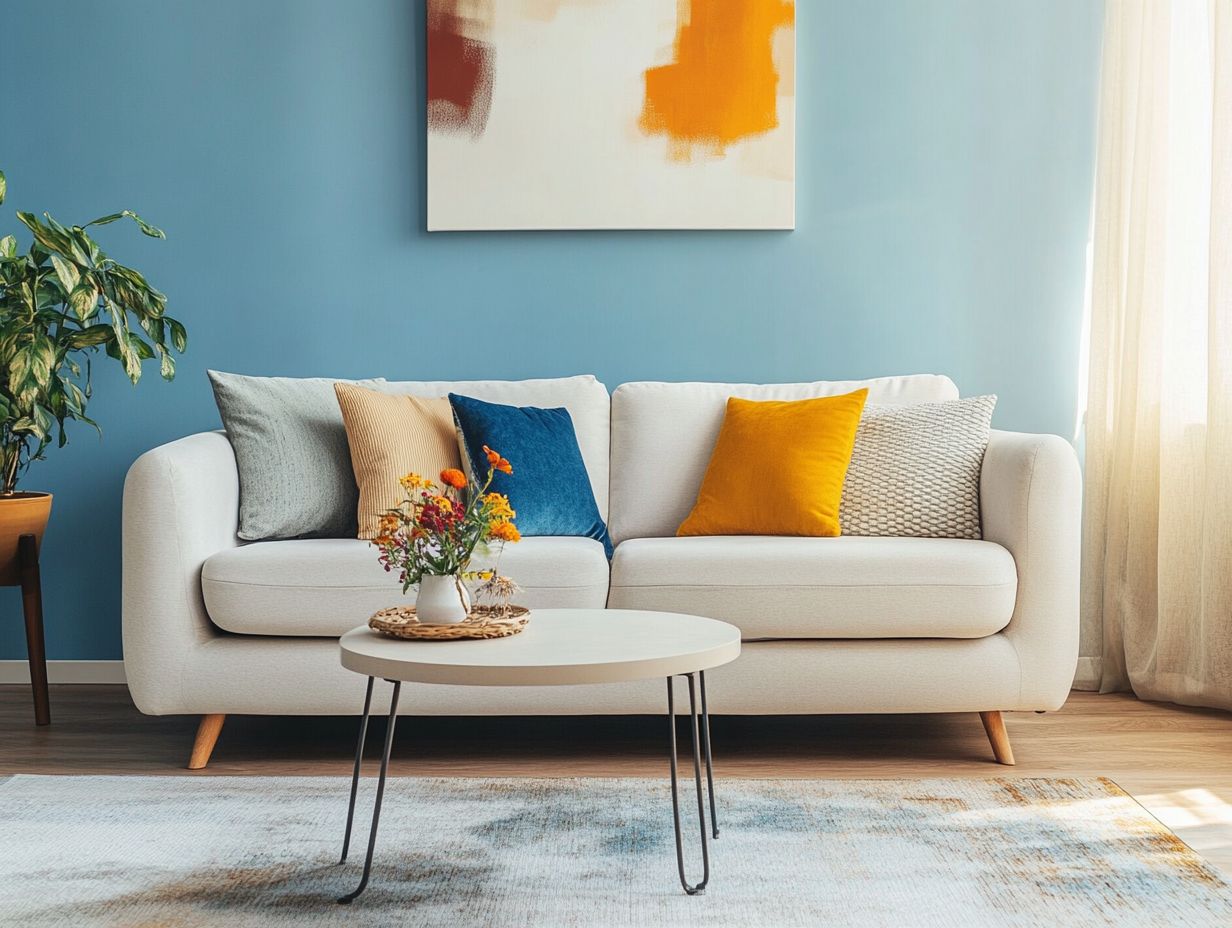
The influence of color on mood and atmosphere is significant, as different hues can evoke a range of emotions. This makes color psychology an essential consideration in any home improvement project aimed at crafting a distinctive ambiance in living spaces.
For example, soothing shades of blue in bedrooms can promote tranquility and relaxation, making it easier for individuals to unwind after a long day. On the other hand, vibrant yellows in kitchens can stimulate energy and creativity, which is particularly beneficial during meal preparation.
Seasonal transitions present excellent opportunities to refresh color schemes. Warm earth tones during the fall can create a sense of comfort and warmth, while crisp whites and grays in winter can evoke a fresh, serene feeling.
By understanding these nuances, homeowners can design spaces that reflect their desired moods throughout the year.
DIY Painting Tips for a Professional-Looking Result
To achieve a professional-looking result in your DIY painting project, careful planning and execution are essential.
This process begins with thorough preparation, followed by selecting the right tools and high-quality paint.
By taking these steps, you can ensure a meticulous approach that significantly enhances the overall finish in your home interior.
Preparation and Tools
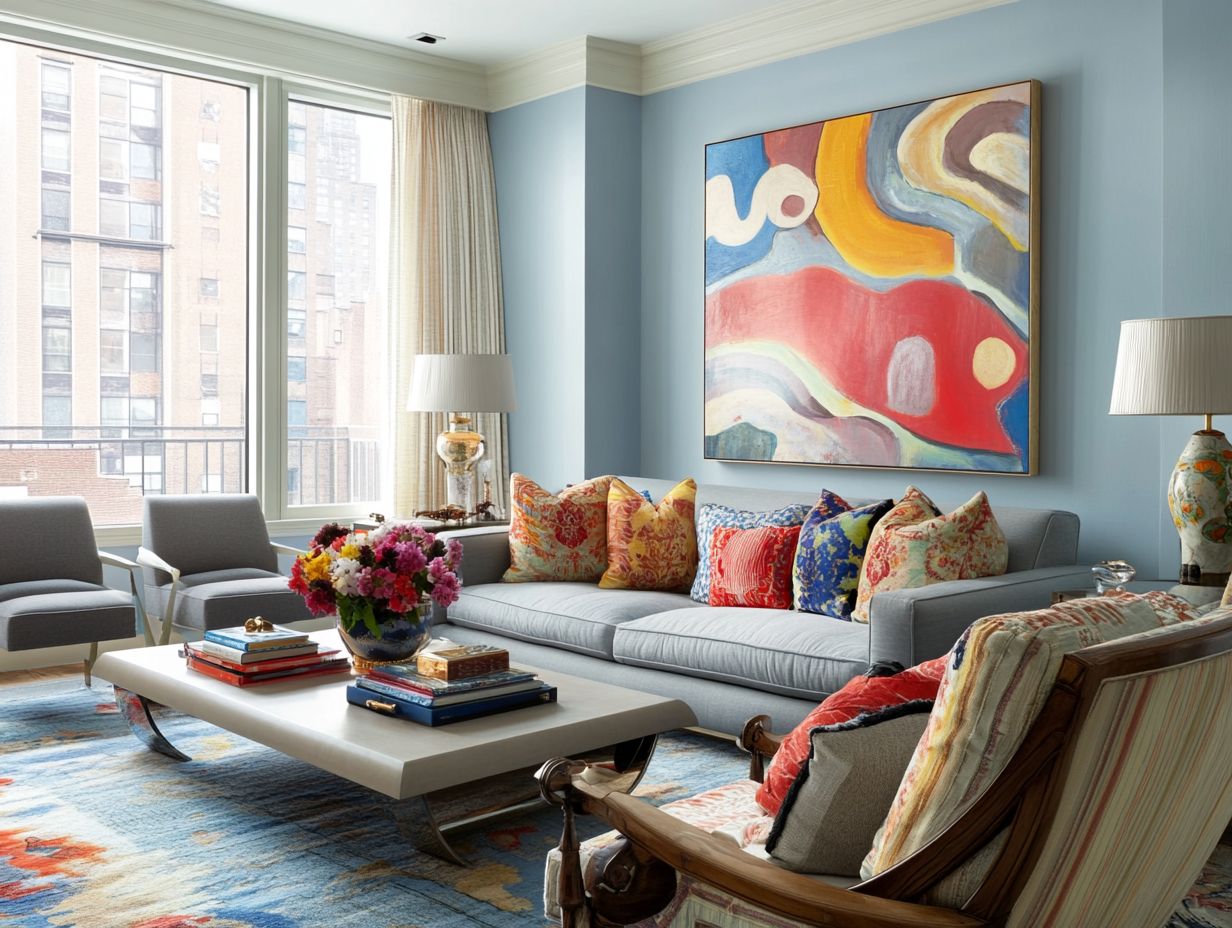
The preparation phase plays a vital role in any painting project, as it lays the groundwork for achieving a successful outcome. Utilizing the appropriate tools, applying protective layers, and ensuring that furniture is adequately covered are all essential steps that contribute to paint durability and a flawless finish.
Protecting surfaces is a fundamental aspect that helps prevent accidental splatters, ensuring clean lines are maintained throughout the painting process. Choosing the right brushes and rollers tailored to the specific type of paint and surface can greatly enhance application efficiency and results, allowing for a professional appearance without unnecessary complications.
Plus traditional paints, considering eco-friendly options not only reduces environmental impact but also promotes healthier indoor air quality. Incorporating low-VOC and zero-VOC paints into the preparation process is a sensible decision that supports both sustainability and the well-being of all inhabitants.
Techniques for a Smooth and Even Paint Job
To achieve a smooth and even paint job, it is essential to master various painting techniques, whether you are applying color blocking for a modern look or utilizing textured finishes to add depth and character to your walls.
Understanding how to effectively use tools such as rollers, brushes, and sprayers can significantly influence the final appearance of your work. For instance, when rolling, it is important to apply gentle, consistent pressure to avoid streaks. Brushes are ideal for detailed areas but require a steady hand to ensure even paint coverage. Spraying can create a flawless finish; however, it is crucial to practice proper distance and technique to prevent overspray or drips.
Common pitfalls include rushing the drying time, using incorrect brush sizes, or neglecting surface preparation—each of which can detract from achieving a professional-quality result. By being mindful of these considerations, you can elevate your DIY project and ensure that your efforts yield a polished finish.
Popular Interior Paint Trends for 2025
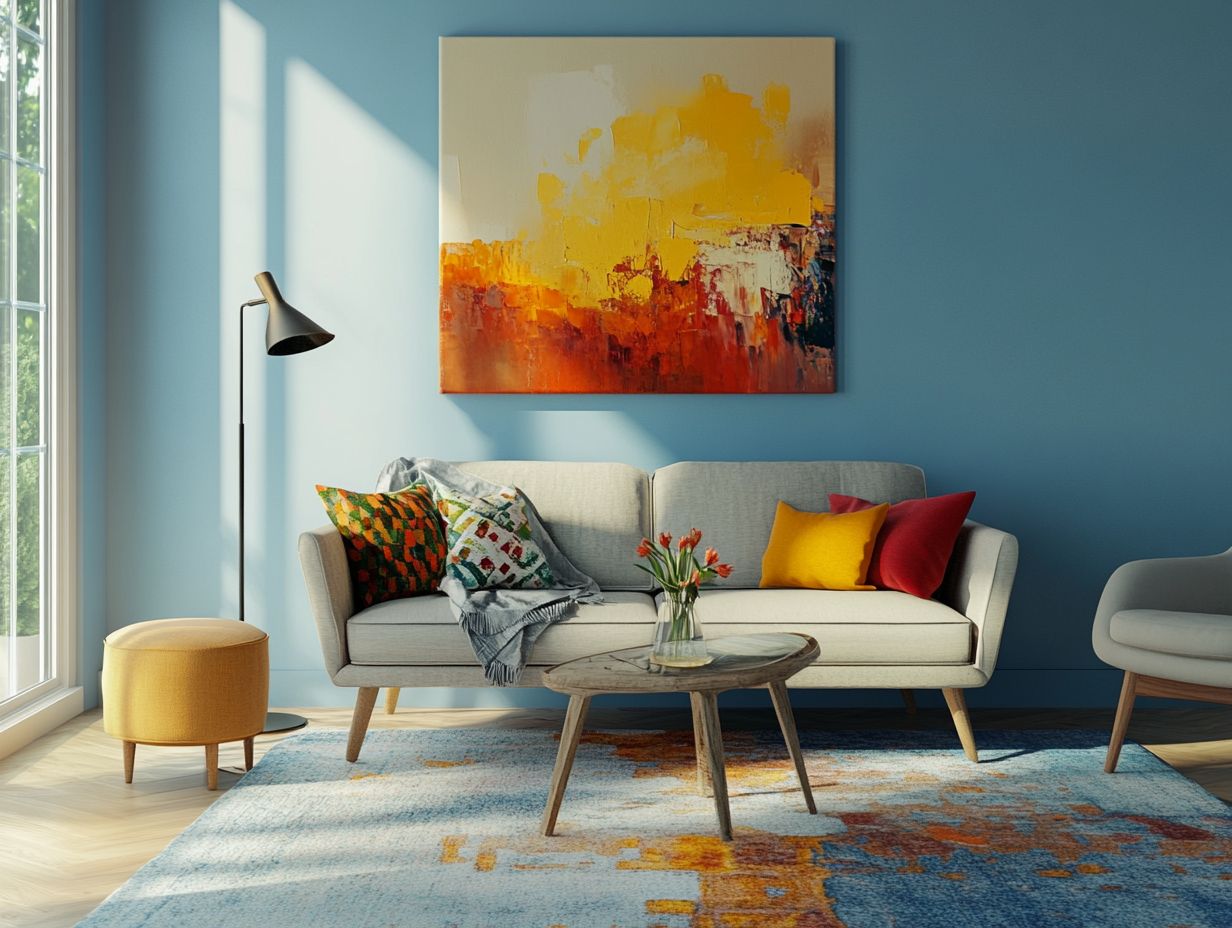
Looking ahead to 2025, we can expect popular interior paint trends to showcase modern aesthetics. There will be a strong emphasis on eco-friendly paints, bold accent colors, and design concepts inspired by seasonal palettes.
These elements are likely to come together to create a fresh and inviting atmosphere in residential properties.
Color Trends and Palettes
In 2025, color trends are expected to present a harmonious blend of earthy tones and vibrant jewel tones, resulting in a dynamic contrast that refreshes home interiors and serves as elegant accent walls in any living space.
This unique palette seamlessly merges warm terracotta with bold emerald greens and deep sapphire blues, providing homeowners with the opportunity to experiment with layering colors. For example, in the living room, combining rich jewel-toned cushions with a neutral sofa can create a cozy yet sophisticated atmosphere.
In the kitchen, a backsplash adorned with glossy, jewel-toned tiles can introduce a vibrant pop of color against understated cabinetry, establishing a captivating visual focal point. Bedrooms can also benefit from these trends; opting for a calming earthy tone on the walls can be beautifully complemented by vibrant textiles, enhancing the overall tranquility while adding a touch of luxury.
Finishes and Textures
The finishes and textures selected for interior paint projects in 2025 will emphasize enhancing paint durability while aligning with contemporary aesthetics. Options such as matte, satin, and textured finishes will be prominent, adding depth and character to walls.
Each finish possesses its own unique appeal and functionality. For instance, matte finishes deliver a soft, velvety appearance that effectively conceals imperfections, making them particularly suitable for ceilings and low-traffic areas.
Satin finishes, characterized by their subtle sheen, find a balance between elegance and durability, making them a popular choice for living rooms and kitchens where moisture resistance is advantageous.
Additionally, the trend toward eco-friendly paints is gaining significant traction, with many homeowners prioritizing non-toxic and sustainable options. These choices not only enhance the beauty of their spaces but also contribute to healthier indoor air quality.
Often low in volatile organic compounds (VOCs), these paints offer protective qualities while ensuring a safe living environment. This allows individuals to make informed decisions that reflect their values and aesthetic preferences.

